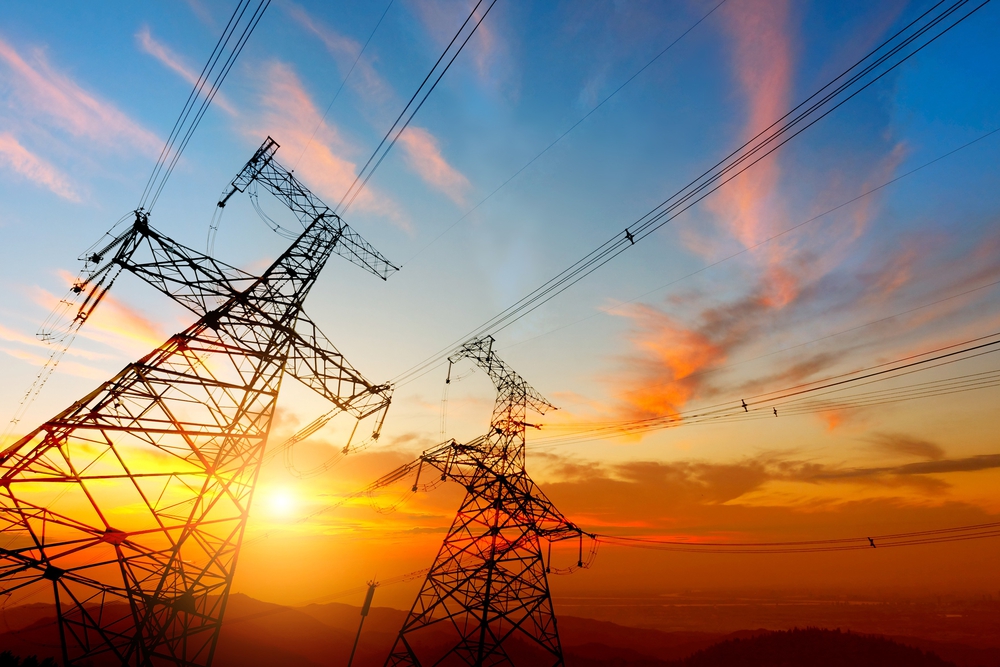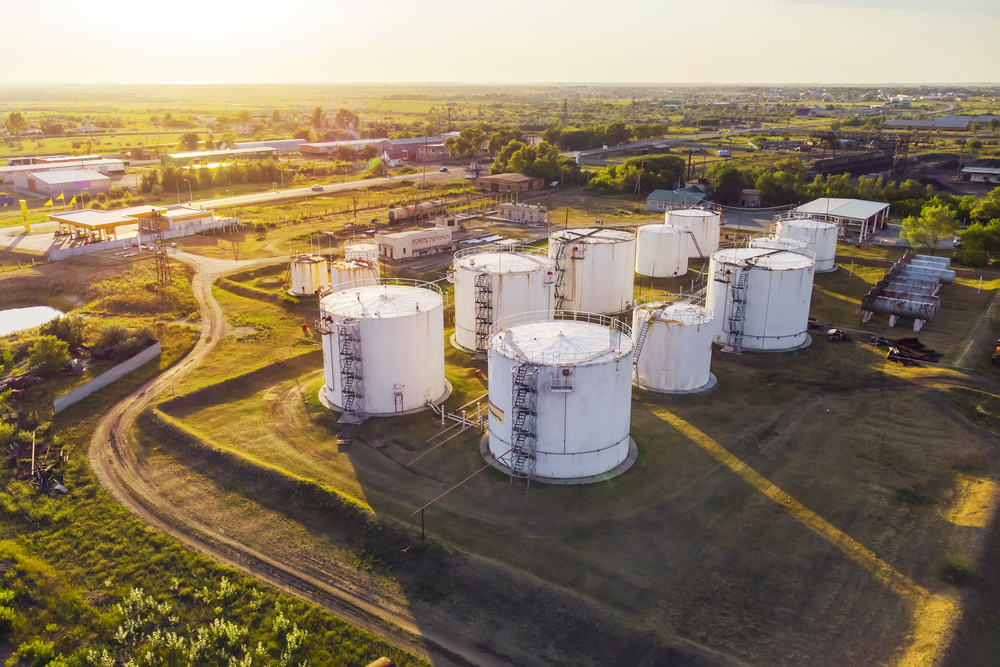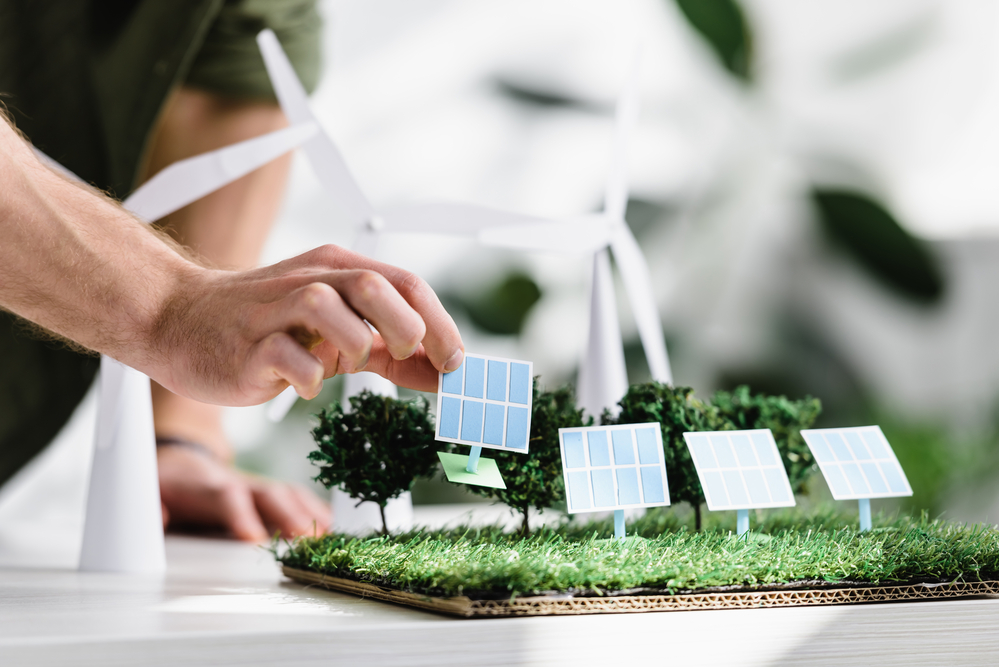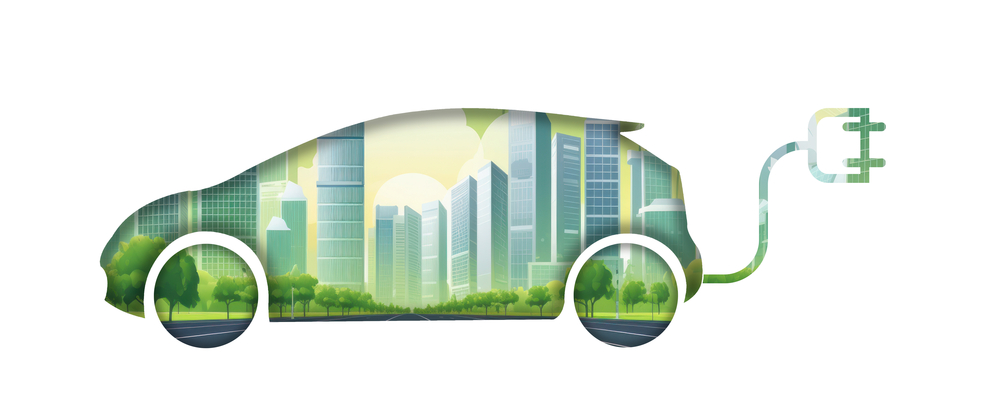California recently faced a major setback in its renewable energy initiatives. The state’s ambitious plans to transition to wind and solar power have encountered practical limitations, leading to significant shifts in policy.
Diablo Canyon Nuclear Plant Extension

The Diablo Canyon nuclear plant, initially set for shutdown in 2025, will now remain operational until 2030. This decision, made by California energy regulators, marks a departure from earlier commitments to phase out nuclear energy.
Governor Newsom’s Policy Reversal

Governor Gavin Newsom, once an advocate for closing nuclear facilities, has changed his stance. He now supports the extension of Diablo Canyon, recognizing its critical role in the state’s power supply.
Read More: Another Country Occupied By Russia Might Get Dragged Into The Ukraine War
Increased Reliance on Natural Gas

In 2022, natural gas constituted about 47% of California’s energy mix, overshadowing the contribution of wind and solar power. This points to the state’s growing dependence on fossil fuels amid renewable energy challenges.
The Struggle Against Blackouts

To prevent power outages, California has increasingly turned to natural gas. Governor Newsom’s proactive measures include the expansion of gas storage facilities and the use of temporary generators.
The Critical Contribution of Diablo Canyon

Diablo Canyon plays a vital role in California’s electricity grid, providing approximately 9% of the state’s power. Its continued operation is crucial for maintaining energy stability.
Also Read: Decisions by the Supreme Court Have the Potential to Significantly Transform Gun Control
Newsom’s Shift in Campaign

Initially opposing the Aliso Canyon gas storage facility, Governor Newsom has now pushed for its expansion. This shift speaks tons about the state’s urgent need to balance renewable goals with energy reliability.
Limitations of Wind and Solar Power

Wind and solar sources made up just over 26% of California’s energy in 2022. Their limited capacity to meet the state’s energy demands has become increasingly evident. The state’s renewable energy aspirations, particularly the rapid shift away from traditional power sources, are now being critically reassessed in light of recent struggles.
The Role of Natural Gas in California’s Energy Mix

Natural gas has become a primary energy source in California, highlighting the state’s challenge in transitioning to a fully renewable energy system. The state’s efforts to avoid energy shortfalls include the expansion of natural gas facilities and contingency plans like temporary generators, highlighting the challenges in renewable energy implementation.
Read Next: The ATF’s Crackdown on DIY Silencers Is Raising Hackles Among Gun Owners
Reality Check on Renewable Energy Dreams

The difficulties in California’s renewable energy transition serve as a reality check. The rapid shift to renewables has proven more complex than initially anticipated.
Political Implications of Energy Challenges

The energy policy challenges have led to politically inconvenient situations for state leaders, including Governor Newsom, as they confront the limitations of current renewable technologies. The trust of the public in rapid renewable energy transitions may be waning, as evidenced by California’s struggles.
The Energy Situation in California

The situation in California serves as a cautionary tale for other regions considering rapid shifts to renewable energy sources without adequate backup plans. It highlights the need for a balanced and realistic approach to energy policy, considering the technological and practical limitations of current renewable sources.
Read More: Bud Light drama hits a new low: Factories begin to close as sales continue to nose dive
More from The Stock Dork – U.S. Legislators Call for Investigation into Autel Robotics, Citing Security Concerns







 Tags:
Tags:










